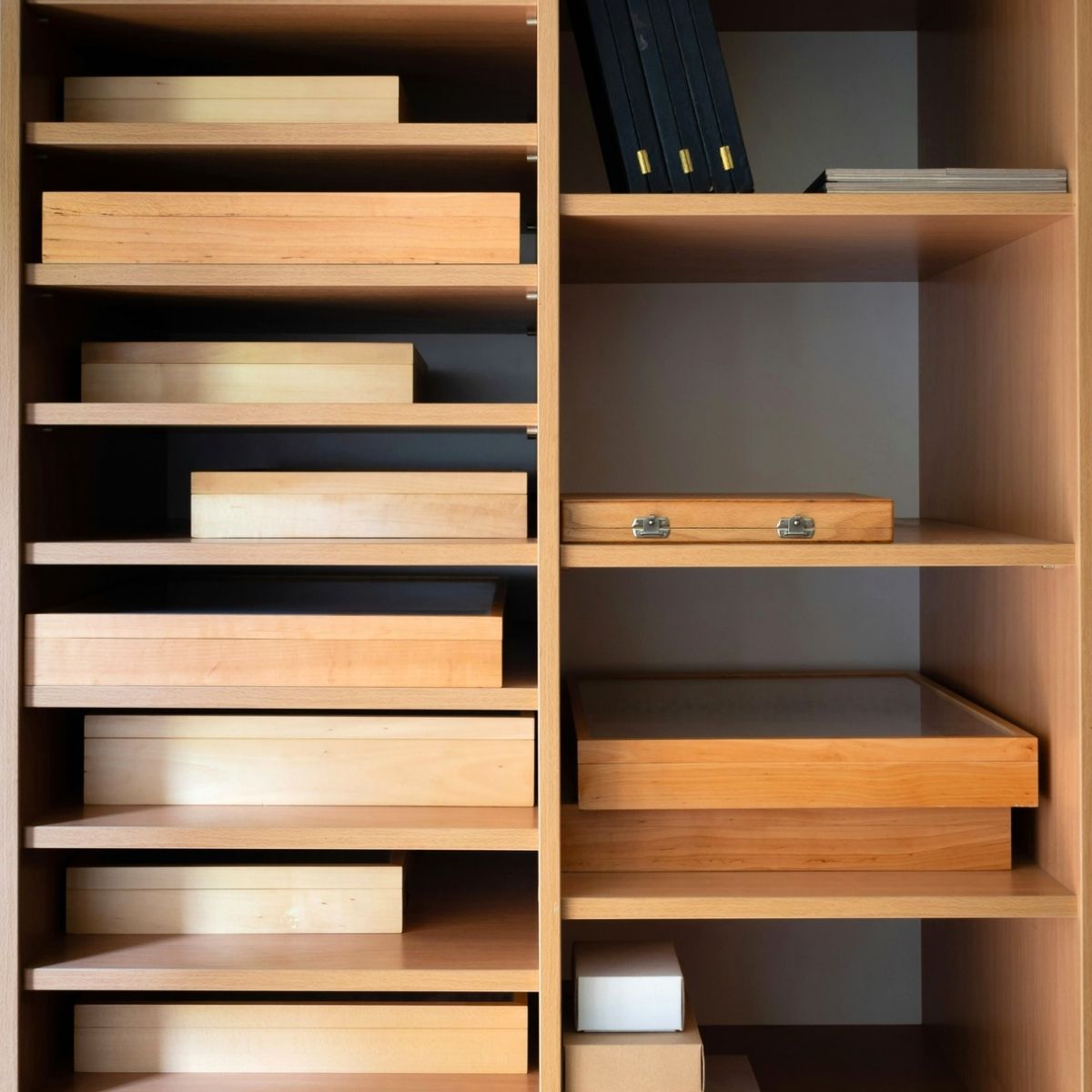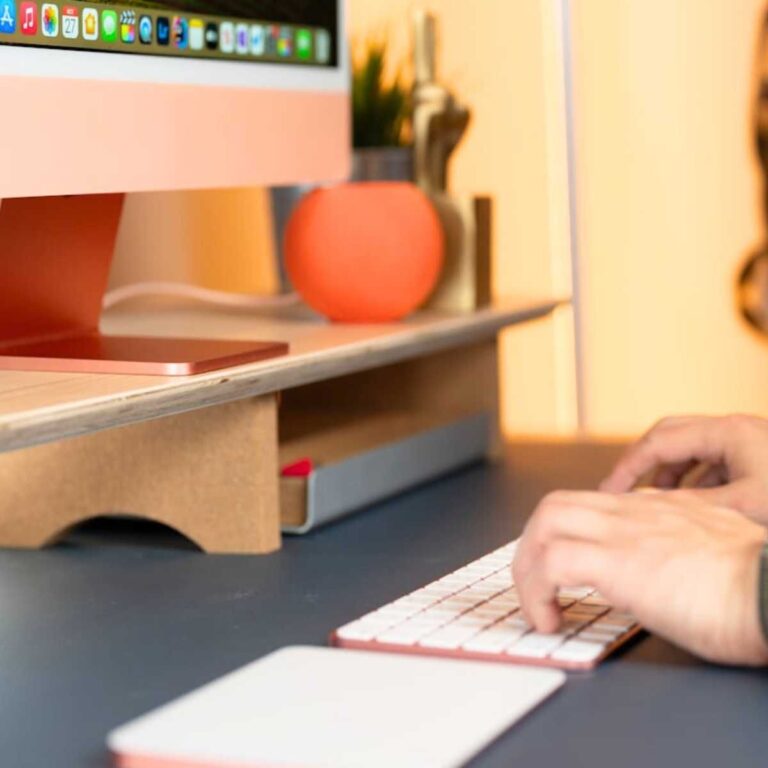How To Organize Personal Documents (5 Easy Steps)
Learn how to organize personal documents and papers at home – minimize your clutter, and keep what matters!
In this guide, we will review how to best sort through, discard, organize, and save what you need so you can easily find it again.
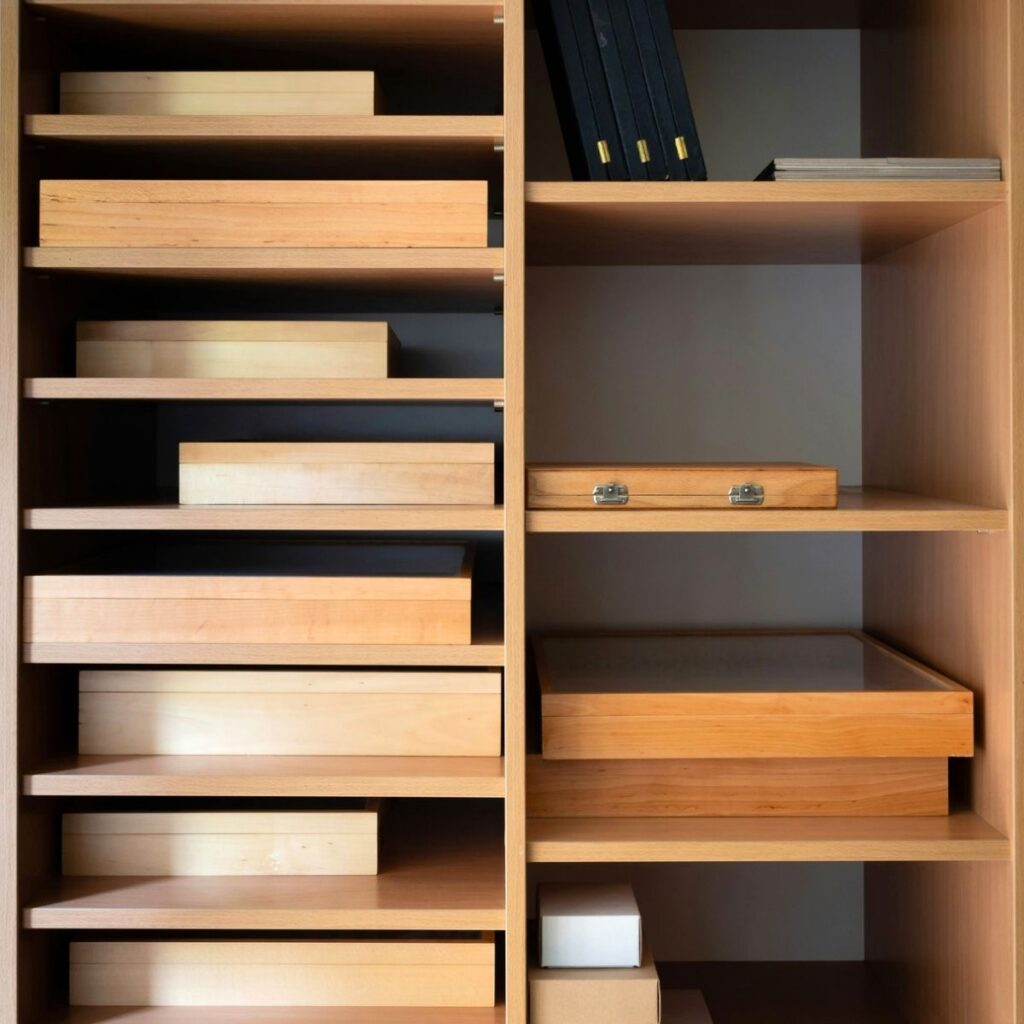
This guide will walk you through simple steps to declutter your documents, create an efficient filing system, and have an easy framework to maintain that organization over time. We’ll cover everything from sorting and categorizing your documents to choosing the right storage solutions for you!
Establish a routine that ensures your paperwork stays under control – for now and in the future. Learn new tools and tricks to transform your home and office into a well-organized, clutter-free space.
Step 1: Gather Up Your Documents
It may seem like a daunting task, but the first step is getting everything together at once you can see the scope of what you have. In professional archiving, we call this ‘surveying.’
By getting all your papers together and in the same area, you can assess the volume, see how much storage space or materials you will need, and get an idea of how long it will take.
2. Decide How To Sort
There are many ways to decide how you want to sort through papers and documents. Here are 3 methods I would recommend starting with. Ultimately, there is no right or wrong answer – the best solution is the one that makes most sense to you!
Chronological Sorting
Chronological storage goes by years-month-days, and can help you keep track of your documents over time. This is particularly great for papers you may need to reference by year (like tax documents) or for organizing photos.
I helped a client organize their family photo collection, and chronological sorting was the best way for the client to keep their memories in order by year and month so they could easily find the photos again.
Alphabetical Sorting
This method is as easy as A to Z (literally!) and can be a great solution for large quantities of similar materials.
Alphabetical sorting is great for organizing files, personal records, or any large collection with multiple components.
For example, I use alphabetical sorting to organize client projects (first by client name, then by year) so I can find previous records or content that I created for a particular client in the past.
Subject Sorting
When you sort by subject – you keep like things together. Similar types of documents that you would need to find again may fit well in the same collection.
By categorizing your papers, documents, or even digital files according to specific subjects—such as finance, health, education, or home management—you create a system that’s intuitive and easy to navigate.
Sorting by subject not only helps you find what you need quickly but also ensures that related items are kept together, reducing the chances of important information being overlooked or misplaced.
Whether you’re dealing with physical files or digital records, organizing by subject allows you to approach your belongings with a focused mindset, making it easier to maintain long-term organization and keep clutter at bay.
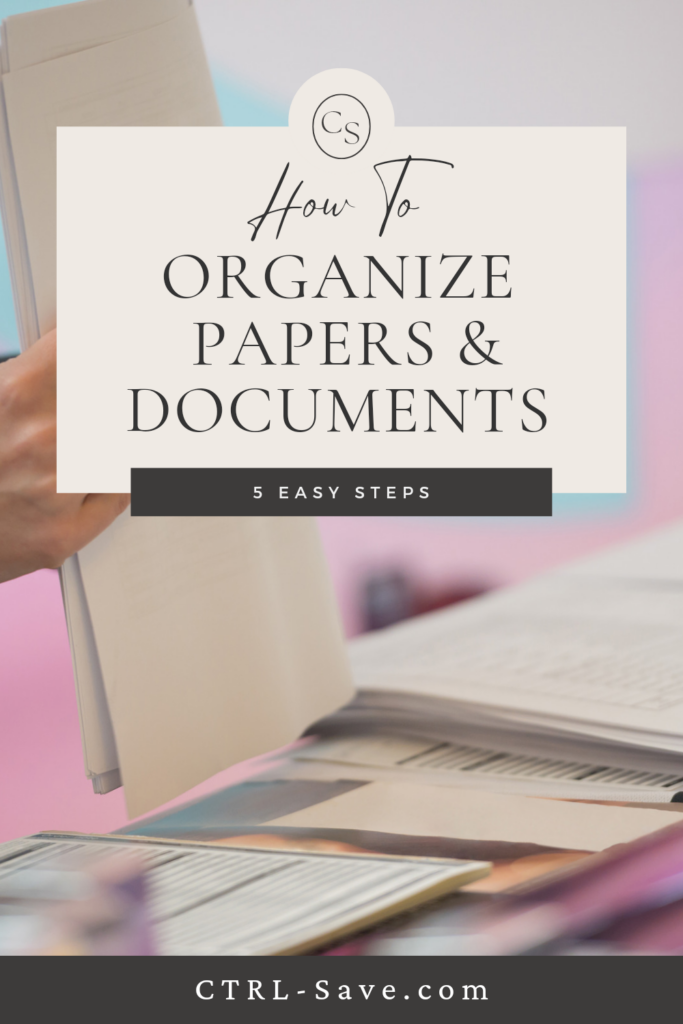
3. Choose what to keep (and discard)
Deciding what you discard is just as important as deciding what to keep!
While it can be hard to know what to discard, there are a few important rules of thumb.
It may be tempting to hold onto papers “just in case,” but that can lead to piles of papers and clutter that becomes overwhelming. To streamline papers, start by understanding the importance of each type of document.
For example, tax returns should be kept for at least seven years, while older utility bills can often be discarded after a year. Legal documents like wills, deeds, titles, and birth certificates should be kept indefinitely, while receipts for major purchases should be retained as long as you own the item.
See our guide on digital storage for best practices on what to keep copies of digitally too!
4. Organize the Rest
Once you have gone through and kept only the most relevant documents, start by organizing them in a keeper level.
You may want to start by purchasing new storage for your important papers: acid-free folders, banker boxes, and mylar sleeves for important papers are inexpensive and easy to get.
Following the sorting method you started in Step 2 – refine and organize your documents further, until all documents are put away into a file, folder, or box and are neatly stored for later!
Make sure that you keep room for growing your collection. You may want to add documents in the future, so don’t max out the space you have now. Leave room to grow.
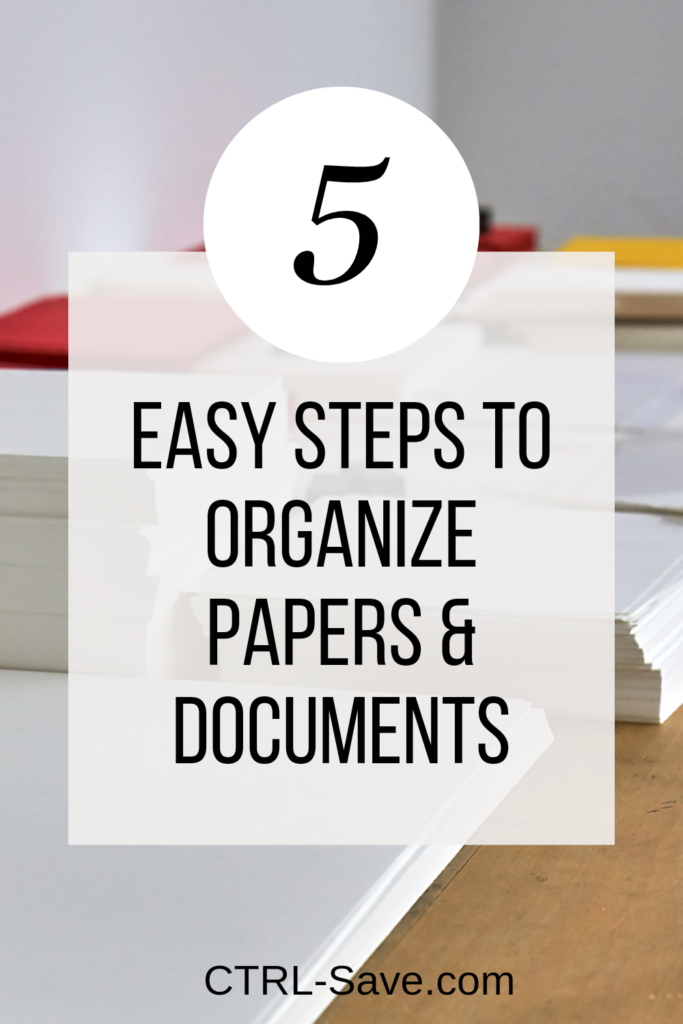
5. Easy Retrieving and Maintenence
Now that your files are put away and organized nicely, make sure you keep up with the system you implemented above. It should only take a minute to find the correct place to add new documents.
Make sure you store your documents in a safe, easy-to-reach space, that makes maintaining the system a simple task. If your boxes are kept in an upper shelf of a closet, or under a bed, it can make the task of getting them out to add new files difficult. Make it simple and easy to maintain!
If you have additional orgazing or storage tips – please share them in the comments below!
Browse through our other organizational guides for more easy home organiziation tips!

